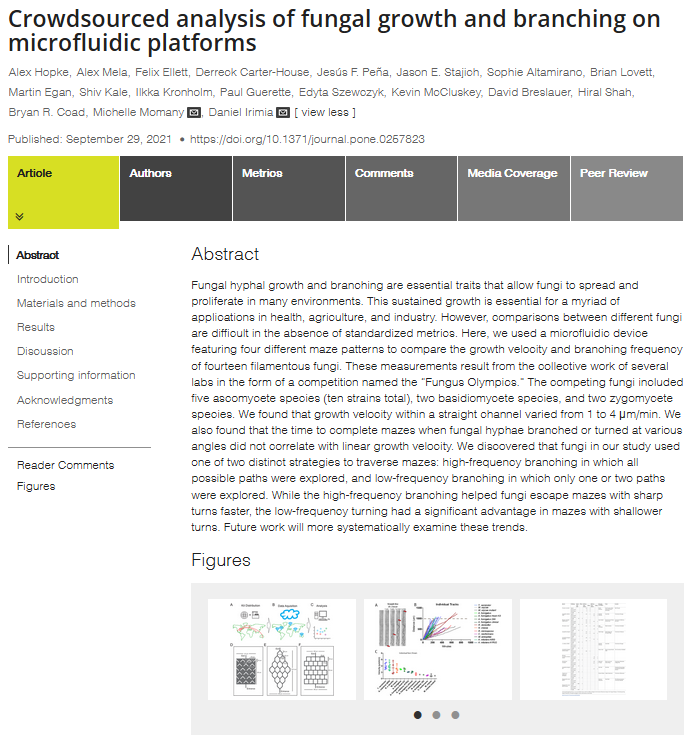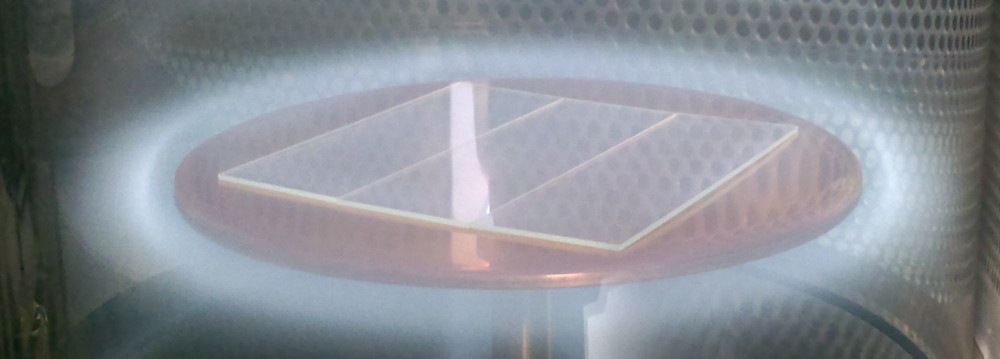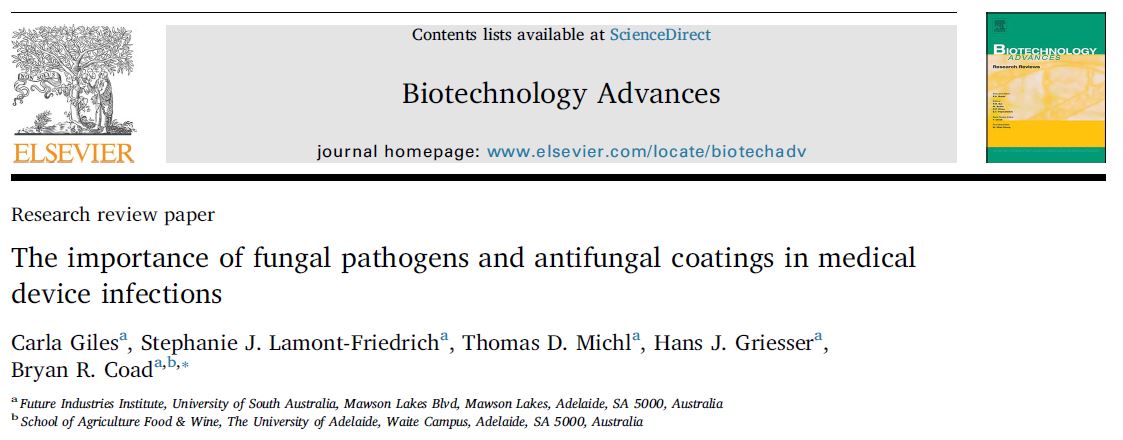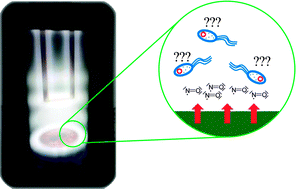Welcome to my webpage on my World Biomaterials Congress 2020 presentation:
The blind pathogen. Bioinspired and responsive materials for understanding the role of microbial surface sensing in the causes of plant and animal fungal diseases
This post contains information related to my oral presentation at the World Biomaterials Congress 2020.
Questions? Contact?
If you have questions or collaborative ideas, please get in touch.
Email: bryan.coad@adelaide.edu.au
Twitter DM: @DrBryanCoad
University Researcher Profile
My Google Scholar profile
Additions & corrections:
On slide 3 I showed the microfluidic device from Prof Daniel Irimia, but failed to give his affiliation. Prof Irimia is researcher and Deputy Director at Massachusetts General Hospital and Harvard Medical School, and organiser of the Fungus Olympics, an event in which my lab participated. You can read more about my involvement in the Fungus Olympics here.

References
Published paper on biodegradable materials:
Visualizing Biomaterial Degradation by Candida albicans Using Embedded Luminescent Molecules To Report on Substrate Digestion and Cellular Uptake of Hydrolysate. BR Coad; TD Michl; CA Bader; J Baranger; C Giles; GC Gonçalves; P Nath; SJ Lamont-Friedrich; M Johnsson; HJ Griesser; SE Plush. ACS Applied Bio Materials 2019, 2, 3934-3941. DOI: 10.1021/acsabm.9b00520
Reviews of fungi/plant relationships:
Cell Wall Responses to Biotrophic Fungal Pathogen Invasion. Annual Plant Reviews. J Chowdhury; BR Coad; A Little. 2019, 1001-1030. DOI: 10.1002/9781119312994.apr0634
Perspective on antifungal surface coatings for human health
Anti-infective Surface Coatings: Design and Therapeutic Promise against Device-Associated Infections. BR Coad; HJ Griesser; AY Peleg; A Traven. PLoS Pathogens 2016, 12, e1005598. DOI: 10.1371/journal.ppat.1005598
Information on this website:
Visualizing Biomaterial Degradation by Candida albicans Blog post on this paper
Blog post on the Fungus Olympics
Live cell imaging video of Blumeria graminis on a biomimetic surface coating
Site Navigation
HOME (Blog roll)
ABOUT















